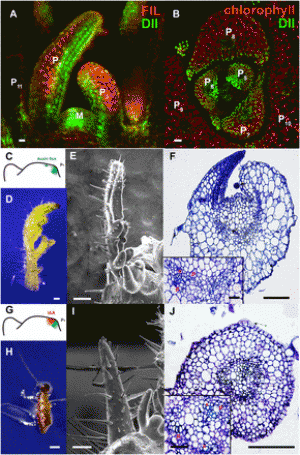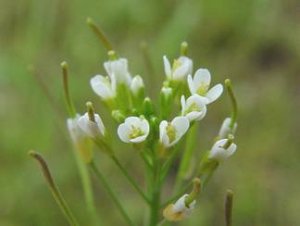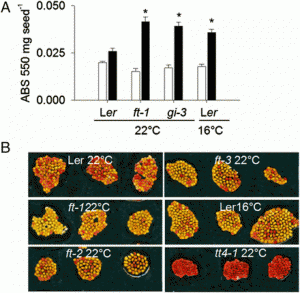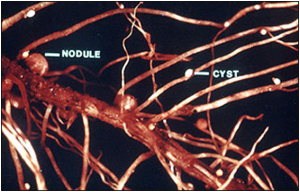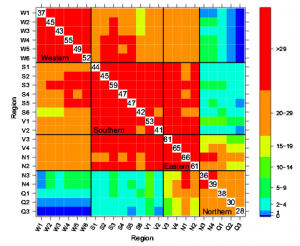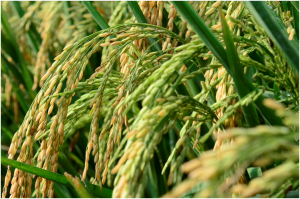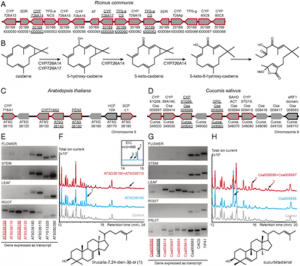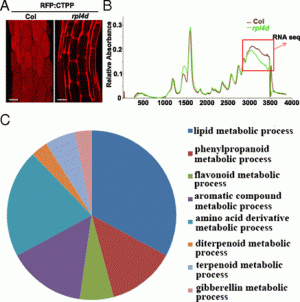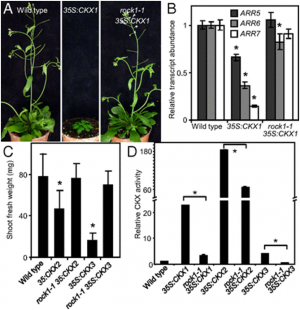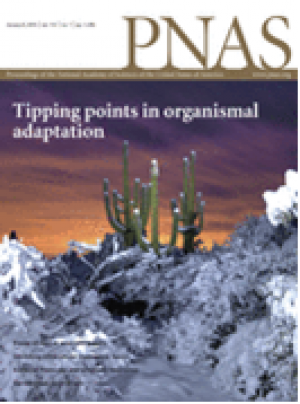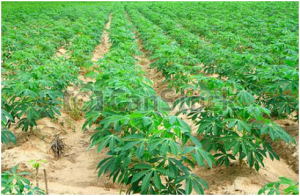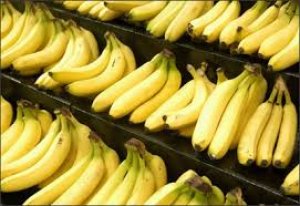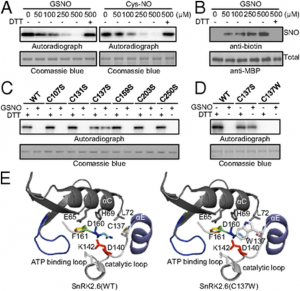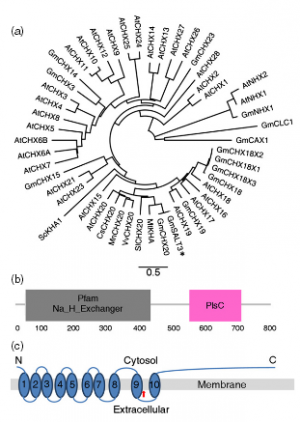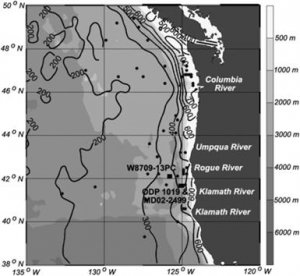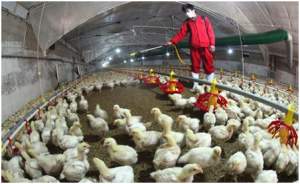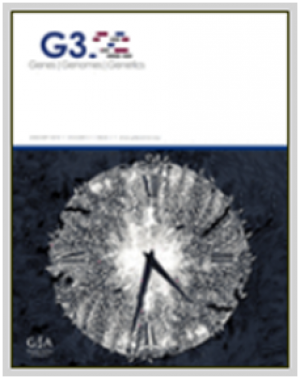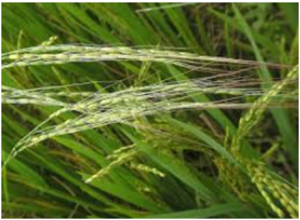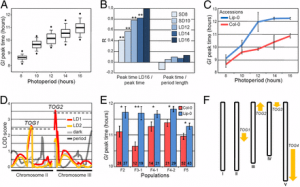|
Identification of a key locus, qNL3.1, associated with seed germination under salt stress via a genome-wide association study in rice
Monday, 2023/03/20 | 08:20:38
|
|
Chengfang Zhan, Peiwen Zhu, Yongji Chen, Xinyi Chen, Kexin Liu, Shanshan Chen, Jiaxiao Hu, Ying He, Ting Xie, Shasha Luo, Zeyuan Yang, Sunlu Chen, Haijuan Tang, Hongsheng Zhang & Jinping Cheng Theoretical and Applied Genetics March 2023; vol. 136, Article number: 58 (2023) Published: 13 March 2023 Key messageTwo causal OsTTL and OsSAPK1 genes of the key locus qNL3.1 significantly associated with seed germination under salt stress were identified via a genome-wide association study, which could improve rice seed germination under salt stress. AbstractRice is a salt-sensitive crop, and its seed germination determines subsequent seedling establishment and yields. In this study, 168 accessions were investigated for the genetic control of seed germination under salt stress based on the germination rate (GR), germination index (GI), time at which 50% germination was achieved (T50) and mean level (ML). Extensive natural variation in seed germination was observed among accessions under salt stress. Correlation analysis showed significantly positive correlations among GR, GI and ML and a negative correlation with T50 during seed germination under salt stress. Forty-nine loci significantly associated with seed germination under salt stress were identified, and seven of these were identified in both years. By comparison, 16 loci were colocated with the previous QTLs, and the remaining 33 loci might be novel. qNL3.1, colocated with qLTG-3, was simultaneously identified with the four indices in two years and might be a key locus for seed germination under salt stress. Analysis of candidate genes showed that two genes, the similar to transthyretin-like protein OsTTL and the serine/threonine protein kinase OsSAPK1, were the causal genes of qNL3.1. Germination tests indicated that both Osttl and Ossapk1 mutants significantly reduced seed germination under salt stress compared to the wild type. Haplotype analysis showed that Hap.1 of OsTTL and Hap.1 of OsSAPK1 genes were excellent alleles, and their combination resulted in high seed germination under salt stress. Eight accessions with elite performance of seed germination under salt stress were identified, which could improve rice seed germination under salt stress.
See https://link.springer.com/article/10.1007/s00122-023-04252-x
Figure 2: Genome-wide association analysis of GR, GI, T50 and ML in INDICA. Manhattan plots of GR, GI, T50 and ML in 2015 (left) and 2017 (right). The horizontal red solid lines indicate a statistically significant threshold of P < 1 × 10–5. The horizontal red dotted lines indicate the Bonferroni-corrected threshold of P < 1 × 10–7. The arrows indicate the loci identified in both years (colour figure online)
|
|
|
|
[ Other News ]___________________________________________________
|

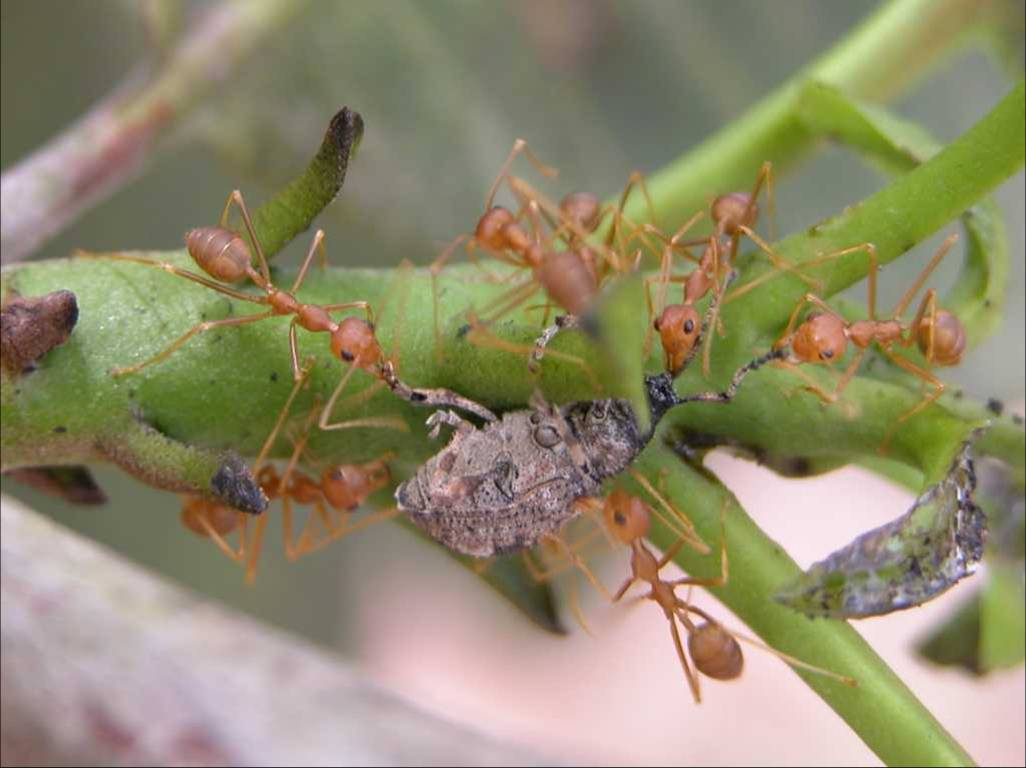
 Curently online :
Curently online :
 Total visitors :
Total visitors :
(267).png)
